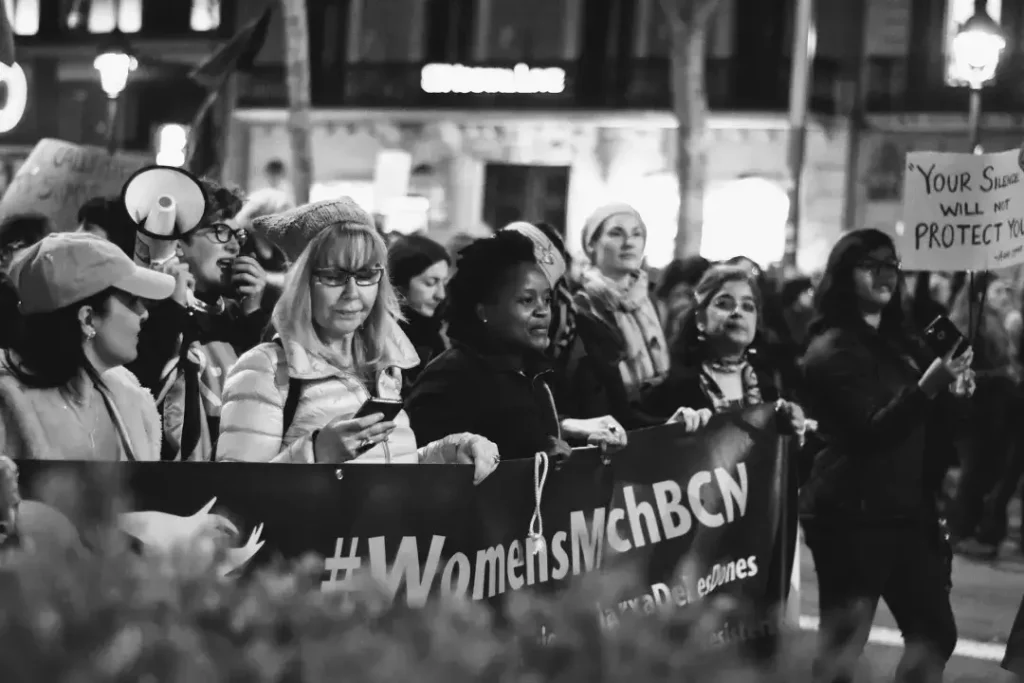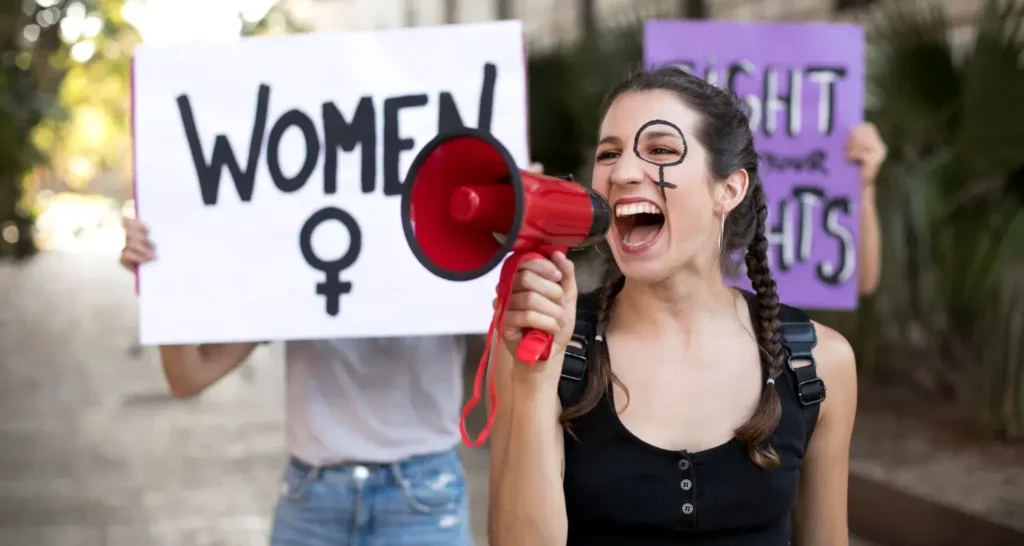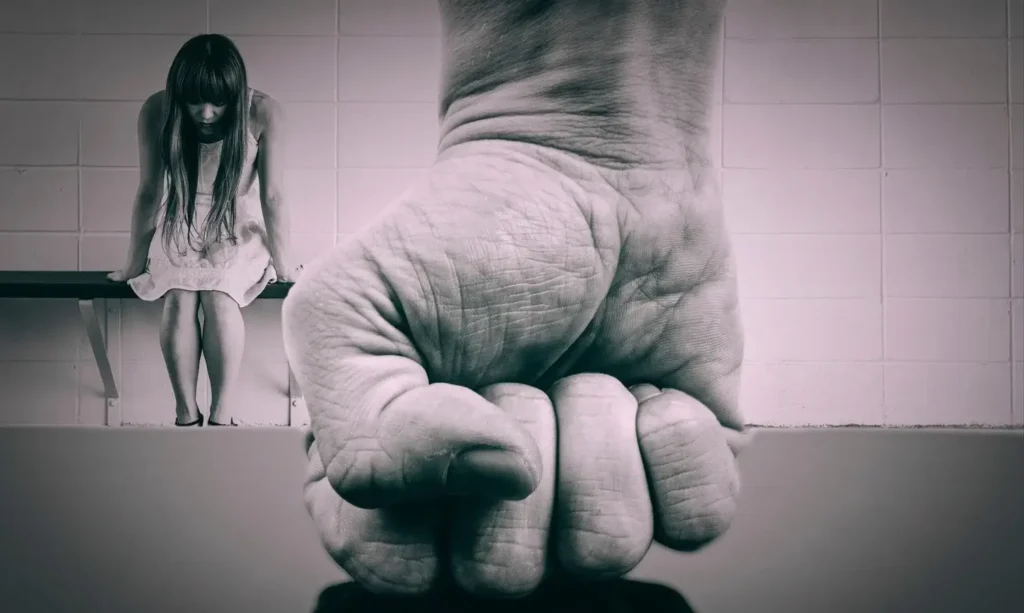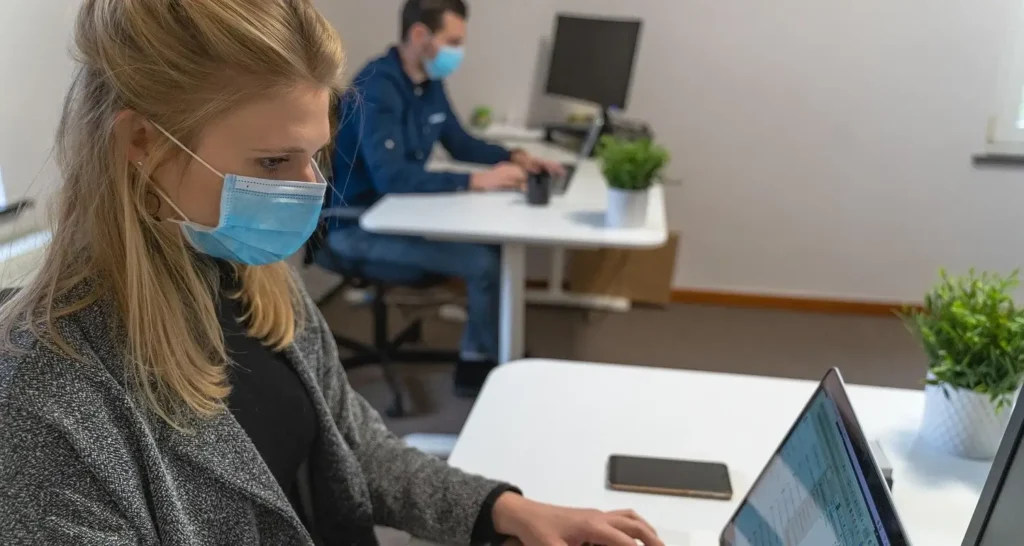Every statistic of violence against women tells a personal story of struggle and survival. Your safety and rights are key in a world where gender-based violence is a big issue. It affects women’s basic human dignity.
Violence against women is more than a legal problem—it’s a major human rights issue affecting millions in the U.S. When women face violence, whole communities are hurt. Knowing your rights and available help is a big step towards ending abuse.
This guide will look at women’s rights, legal protections, and support for survivors. We want to shine a light on violence against women. We aim to give you useful information and resources if you need help or support.
Key Takeaways
- Violence against women is a widespread social problem with significant legal implications
- Legal protections exist to support and defend women’s fundamental rights
- Understanding warning signs is key for prevention and intervention
- Many resources and support systems are available for survivors
- Education and awareness are powerful tools against gender-based violence
Understanding the Scope of Gender-Based Violence
Gender-based violence is a big problem worldwide, affecting millions of women. It’s not just about individual cases. It also hurts communities deeply.
Looking into gender violence, we see many types of abuse women face. Knowing these helps us create better ways to stop and help.
Types of Violence Against Women
- Physical abuse involving direct bodily harm
- Emotional and psychological manipulation
- Sexual violence and harassment
- Economic control and financial abuse
- Digital harassment and online stalking
Global Statistics and Trends
Recent studies show scary numbers about gender-based violence globally. These numbers highlight the need for strong actions to stop it.
| Region | Reported Incidents | Percentage of Women Affected |
|---|---|---|
| North America | 35% of women | 1 in 3 women |
| Europe | 25% of women | 1 in 4 women |
| Asia-Pacific | 37% of women | 37% of total population |
Impact on Society and Communities
Gender-based violence has big effects on people’s minds, money, and society. It messes up families, lowers work performance, and costs a lot in healthcare and courts.
Understanding these issues helps communities build better support and prevention plans. This way, we can fight gender violence and keep people safe.
Current Legal Framework for Protecting Women’s Rights
The United States has a strong legal system to protect women’s rights and fight domestic abuse. Important laws offer key protections for women facing violence and unfair treatment.
The Violence Against Women Act (VAWA) is a key part of this protection. Passed in 1994, it helps survivors of domestic abuse by:
- Setting federal penalties for domestic violence
- Supporting community programs
- Funding services and legal help
- Creating grants for law enforcement training
State laws also add to federal protections, giving women more support. Each state has its own laws about domestic abuse, including:
- Mandatory arrest for domestic violence
- Wider definitions of domestic abuse
- Better protection orders
“The law must be a shield for the vulnerable and a sword against injustice” – Ruth Bader Ginsburg
While progress has been made, there’s more work to do. Challenges remain in fully protecting women’s rights and stopping domestic abuse. We need ongoing lawmaking and community involvement to improve these important laws.
Knowing about these legal protections helps women understand their rights. It also encourages them to seek help when facing abuse or unfair treatment.
Violence Against Women: Key Factors and Warning Signs
Understanding intimate partner violence and sexual assault is complex. We must look at risk factors and warning signs. Knowing these can help protect people and support those at risk.
Intimate partner violence comes from many social, psychological, and environmental factors. Some factors make abusive relationships more likely.
Common Risk Factors
- Historical exposure to violent family environments
- Substance abuse patterns
- Economic instability
- Unaddressed mental health challenges
- Childhood trauma experiences
Identifying Abuse Patterns
Sexual assault and intimate partner violence have clear patterns. Victims often face:
- Systematic isolation from support networks
- Persistent emotional manipulation
- Gradual erosion of personal boundaries
- Unpredictable emotional outbursts
Early Warning Indicators
| Behavioral Sign | Potential Risk Level |
|---|---|
| Extreme jealousy | High |
| Controlling communication | Moderate to High |
| Frequent verbal degradation | High |
| Unpredictable mood swings | Moderate |
“Awareness is the first step toward prevention and healing.” – National Domestic Violence Hotline
Seeing these signs helps people get help, support survivors, and stop abuse in their communities.
Federal and State Laws Against Domestic Abuse
It’s key to know about domestic abuse laws to protect victims and punish the guilty. The U.S. has strong laws at both federal and state levels to fight domestic violence.
Federal laws give big protections to victims of domestic abuse. The Violence Against Women Act (VAWA) is a major law that helps a lot. It offers many protections and support for survivors.
- Criminalizes domestic violence across state lines
- Provides funding for victim support services
- Establishes specialized legal protections for survivors
State laws add to federal rules by focusing on local ways to fight domestic violence. Each state has its own laws about what counts as abuse and how to help.
| Legal Aspect | Federal Protection | State-Level Variations |
|---|---|---|
| Definition of Abuse | Broad, all-encompassing definition | Specific to state jurisdiction |
| Protective Measures | Nationwide standards | Tailored local interventions |
| Victim Support | Mandatory federal funding | Additional state resources |
Important legal protections help survivors and stop abuse from happening again. Victims can get restraining orders, press charges, and get support through these laws.
“The law stands as a shield for those experiencing domestic violence, providing hope and protection.” – National Domestic Violence Hotline
Knowing these laws helps survivors understand their rights and get the help they need. Learning about domestic violence laws is a big step towards ending abuse.
Protection Orders and Legal Remedies Available
When facing violence against women, legal protection is key. It helps survivors find safety and justice. Protection orders are a strong tool to stop abuse and set clear boundaries for safety.
Understanding legal protection can be tough. But knowing your rights helps you act against threats.
Types of Restraining Orders
There are different restraining orders for different needs:
- Emergency Protective Orders: Quick protection, usually within 24 hours
- Temporary Restraining Orders: Lasts for weeks, a temporary shield
- Permanent Restraining Orders: Offers long-term protection, up to years
Filing Process and Requirements
To get a protection order, you need to gather important documents. These include:
- Detailed records of incidents
- Proof of relationship or threats
- Proof of harm or past abuse
- Personal ID
Enforcement Mechanisms
Breaking a protection order is serious. Law enforcement takes it very seriously. Possible outcomes include:
- Immediate arrest
- Criminal charges
- Potential jail time
- More legal penalties
Preventing abuse starts with knowing and using legal protections. Your safety is the most important thing. These legal tools help you stay safe.
Support Services and Resources for Survivors
Surviving gender-based violence is tough. But, survivors can find help to start anew. Many support services are ready to assist, providing vital aid during hard times.
National support networks are here to help those facing domestic violence. They offer:
- 24/7 National Domestic Violence Hotline
- Emergency shelter programs
- Legal advocacy services
- Counseling and mental health support
- Economic empowerment programs
Knowing about these resources can greatly aid in recovery. Each service is tailored to meet individual needs.
| Support Service | Type of Assistance | Contact Method |
|---|---|---|
| National Hotline | Immediate Crisis Support | 1-800-799-SAFE |
| Local Shelters | Safe Housing | Local County Services |
| Legal Aid | Protection Orders | State Bar Association |
| Counseling Services | Emotional Support | Online/In-Person Therapy |
Seeking help is a sign of strength, not weakness. Survivors can find confidential support through various channels. This ensures they never face gender-based violence alone.
“You are not alone, and what happened to you is not your fault.” – National Domestic Violence Awareness Campaign
Remember, help is available 24/7. Whether you need immediate safety or long-term recovery help, experts are ready to assist. They will guide you through healing from domestic violence.
Prevention Strategies and Educational Programs

Stopping gender violence needs a big plan that helps communities. It starts with knowing why it happens and teaching people to make safer places for women.
Good prevention plans tackle the problem from all sides. They work with everyone in society to fight gender violence. This way, we can change bad attitudes and build better relationships.
Community-Based Initiatives
Community efforts are key in stopping abuse. These include:
- Grassroots awareness campaigns
- Support groups for survivors
- Training for local leaders
- Public education workshops
Educational Outreach Programs
Schools and colleges are important for fighting gender violence. These programs teach:
- Healthy relationship skills
- How to spot abuse signs
- The importance of consent and respect
- How to understand emotions
Workplace Prevention Policies
Workplaces can also help stop abuse by having strict rules. These include:
- Zero-tolerance harassment policies
- Mandatory training
- Safe ways to report problems
- Support for employee safety
By using these strategies, we can all work together to lower gender violence. This makes our communities safer and more respectful for everyone.
Role of Law Enforcement and Justice System
When violence against women happens, law enforcement is key in keeping victims safe and seeking justice. The justice system has many ways to tackle intimate partner violence.
Police have special plans for dealing with domestic violence. These plans include:
- Checking if the victim is safe right away
- Collecting evidence
- Arresting the person who did the violence if they have enough proof
- Helping victims find support services
Police units focused on domestic violence get extra training. They know how complex intimate partner violence can be. They handle each case with the right knowledge.
The steps to prosecute domestic violence cases are:
- Filing the police report
- Gathering evidence
- Talking to the victim
- Putting in a restraining order if needed
- Deciding if to charge the person
Victims get a lot of support during legal actions. Many places have programs for victims. These programs help them understand the justice system and protect their rights.
| Law Enforcement Response Area | Key Actions |
|---|---|
| Initial Intervention | Emergency response, scene securing, victim protection |
| Investigation | Evidence collection, witness interviews, documentation |
| Prosecution Support | Detailed reporting, expert testimony, continued victim assistance |
Knowing how law enforcement and the justice system work together helps victims. It lets them know they can get help and stop violence against women.
Conclusion
Understanding women’s rights and fighting sexual assault needs everyone’s help. We must start by educating ourselves and supporting survivors. By knowing the signs and legal protections, we can help prevent violence.
Legal protections are key in keeping women safe. We all must support survivors, challenge bad behaviors, and promote respect. Your voice can help change how we address sexual assault and support women’s rights.
The battle against gender-based violence never ends. Learning, sharing, and supporting prevention programs helps protect our community. Empowerment comes from knowledge, unity, and a commitment to safety for women.
Every step we take helps break down barriers and fight for equality. By learning about women’s rights and supporting survivors, we join a bigger movement. Your actions can greatly impact stopping sexual assault and making our spaces safer for everyone.
FAQ
What is considered violence against women?
Violence against women includes physical, sexual, and psychological abuse. This can be domestic violence, sexual assault, stalking, and human trafficking. It causes harm to women or girls.
How prevalent is violence against women in the United States?
About 1 in 4 women face severe intimate partner violence. This means 25% of women have been physically, sexually, or stalked by a partner. It’s a big public health and social issue.
What legal protections exist for women experiencing abuse?
The Violence Against Women Act (VAWA) offers legal support. Survivors can get protection orders, press charges, and access support. State laws also provide emergency shelters, legal help, and restraining orders.
How can I support someone experiencing domestic violence?
Be supportive and listen without judging. Help them make a safety plan and find local shelters. Respect their choices and suggest calling the National Domestic Violence Hotline for help.
What are the warning signs of an abusive relationship?
Look for controlling behavior, constant criticism, and isolation. Also, watch for extreme jealousy, physical intimidation, and verbal abuse. If you feel scared, diminished, or controlled, it might be abuse.
How can I report domestic violence?
Call local law enforcement or 911 in emergencies. Reach out to victim support services. Document incidents and consider a protection order. Your safety is key.
Are there resources available for survivors of violence?
Yes, there are many resources. The National Domestic Violence Hotline (1-800-799-SAFE) and local shelters offer help. Counseling, legal aid, and support groups are also available. Many services are free or low-cost.
What should I do if I’m experiencing domestic violence?
First, focus on your safety. Make a safety plan, gather documents, and have an emergency bag ready. Contact support services and consider a protection order. Reach out to trusted friends or family for help.
How do protection orders work?
Protection orders stop an abuser from contacting you. They can keep them away from your home, work, and other places. Breaking these orders can lead to arrest and criminal charges.
Can men be victims of domestic violence?
Yes, men can also be victims of intimate partner violence. While women face higher rates, men are not immune. Support services are available for all survivors, regardless of gender.










